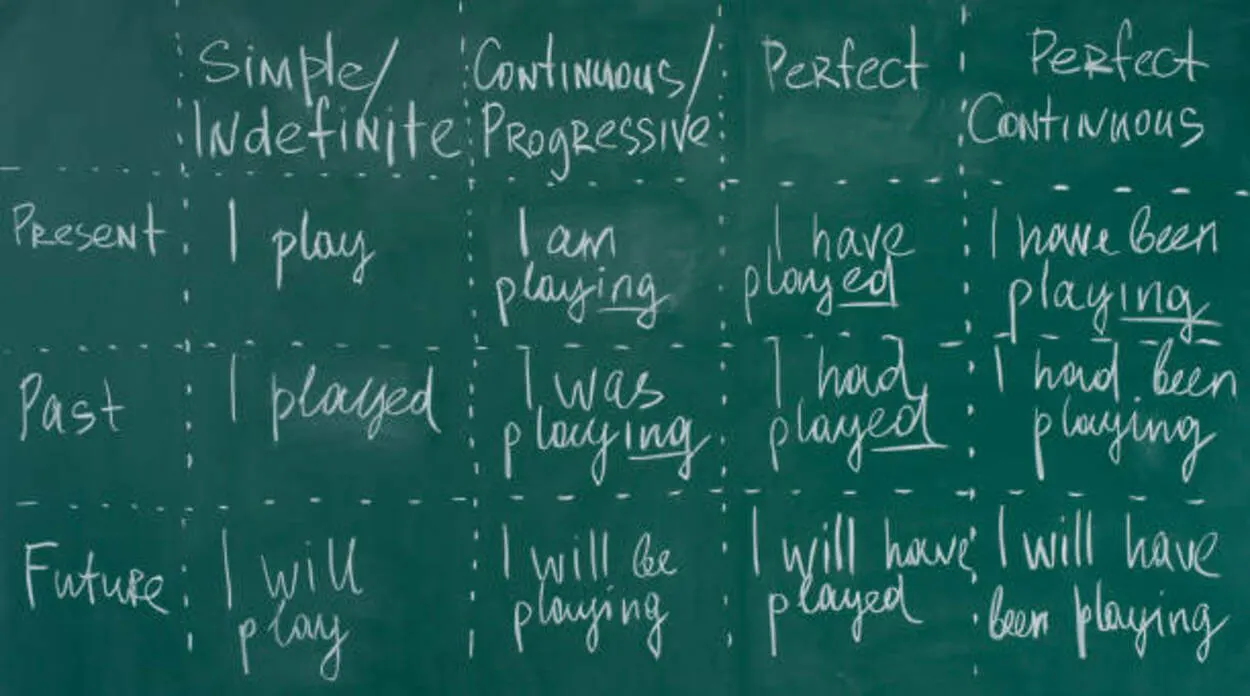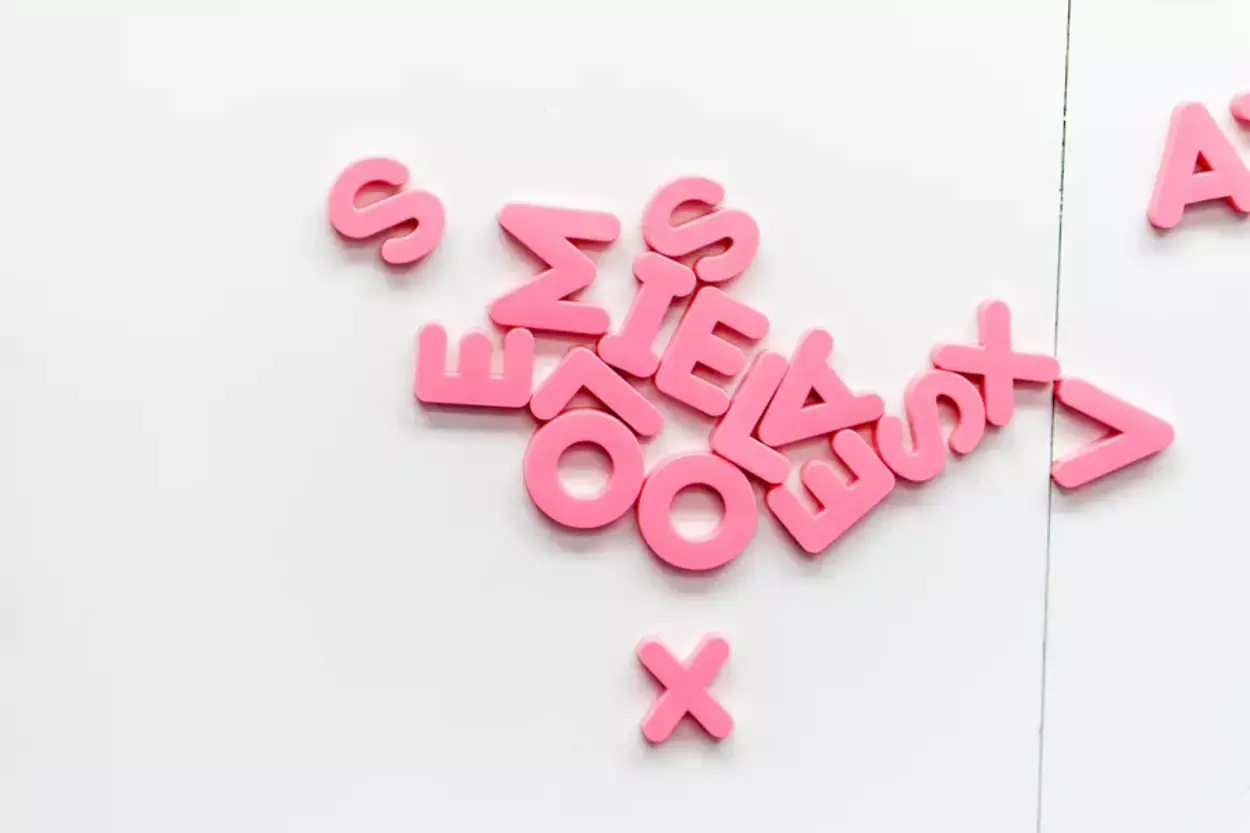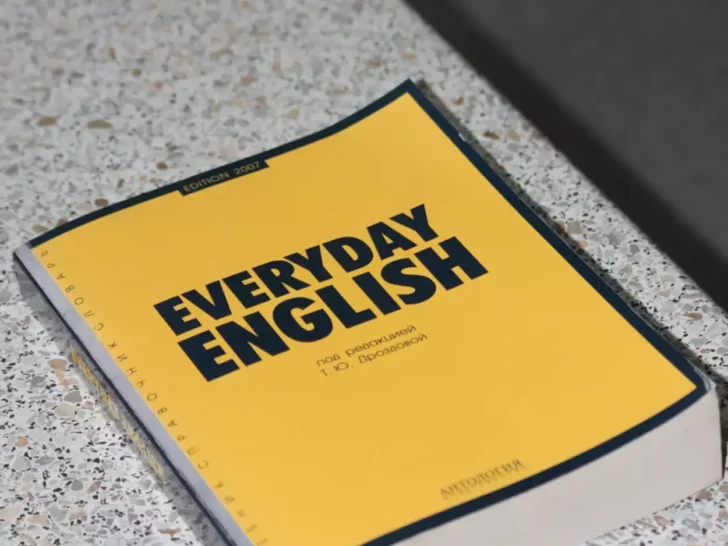The English language can be quite confusing for non-native speakers of English. People who are new to this language and people whose first language isn’t English can get confused in a few sentences of English.
“I worked here” and “I have worked here” are those types of sentences that can confuse somebody who’s not that good at the English language. If you’re somebody new to English, you might get confused between these sentences and might wonder what is the difference between these two sentences.
“I worked here” is past tense, and “I’ve worked here” is used in the present perfect tense.
In this article, I will tell you the difference between “I have worked here” and “I worked here” and what exactly past tense and present perfect tense mean is.
“I Worked Here” vs. “I Have Worked Here”
“I worked here” in the past tense denotes an action that occurred at a specific time in the past (last year, two months ago, for two weeks).
Whereas, “I have worked here” in the present perfect denotes either an action that occurred at an indefinite time in the past (before, already, sometimes) or that began in the past and is still ongoing.
We need context to understand how they differ. They both signify the same thing when taken out of context.
Assume you’re walking down the street near a building where you once worked. Turning to your companion, you say:
- I worked here.
This merely shows that you work in that particular building.
- I have worked here. (In this case, the contraction would be used.)
This expresses the same truth but with a hint of astonishment, as if you suddenly recognized the building after a long time and remembered your time there.
Contextual Usage: ‘I Worked Here’ vs. ‘I Have Worked Here’ in Scenarios
Consider the following scenario: you’re in an interview with a company where you previously interned, but you’ve since found other work and are seeking a new position.
- I worked here.
As previously said, this informs the interviewer of that fact, and neither party is startled.
- I have worked here. (No contraction)
You previously mentioned your internship, which the interviewer believes is incorrect, and states, “We have no record of your internship.” They have provided a sense of assurance, and you’d usually follow it up with something like, From May to September 2007, I worked with Mr. Jones.
Another thing to consider is how this statement fits into the context of the rest of the paragraph. If they’re all in the past, this one should be as well. If certain sentences build a series of events and utilize other past tenses, you may need to use “had” to keep the tenses consistent across the paragraph.

Past Tense
The past tense is a grammatical tense that relates to a previous event or condition. For example, the English verbs sang, traveled, and washed are examples of past tense verbs.
Most languages include a past tense, and some have multiple forms to express how long ago something happened. Some languages contain a compound past tense that employs auxiliary verbs, as well as an imperfect tense that expresses ongoing or repeated events or acts.
Non-inflected languages may use words like “yesterday” or “last week” to signify that something happened in the past, but inflected languages may use words like “yesterday” or “last week.”
In some languages, the past tense is expressed alongside other categories like grammatical aspect (see tense–aspect). As a result, a language may have multiple past tense forms, each of which is used based on the aspectual or other supplementary information to be transmitted.
Understanding the Applications of Past Tense in Language and Relative Time
For example, in French, there’s a compound past (passé composé) for completed events and an imperfect past (passé imperfect) for ongoing or recurring events.
In settings where relative tense is used (as in some cases of indirect speech), the “past time” to which the past tense refers often denotes the past relative to the moment of speaking, though it may also indicate the past relative to some other time being discussed.
The past tense of a language can be used for purposes other than referring to past time. For example, in English and other languages, If you liked me? and other conditional clauses can be used to allude to hypothetical occurrences in the past tense. Where the past tense loved is used even if there’s no reference to past time.
Examples of Past Tense
- When I was little, I used to play.
- I spotted the angel in the marble and began carving until I was able to release him.
- I wanted to buy candy, but the store was closed.
- This was my first time playing a hero, so I leaped at the chance.
- My fake plants died because I didn’t pretend to water them.
Types of Past Tense
Depending on whether the action was ongoing or concluded, the past tense is further classified. The following are the four past tenses:
| Types of Past Tenses | Examples | Uses |
| Simple past tense | I went to work | The simple past tense is used to express a completed activity that began and ended in the past. |
| Past progressive tense | I was going to work | The past progressive tense is used to indicate a previous activity that is still going on. |
| Past perfect tense | I had gone to work | To indicate that one action occurred before another, the past perfect tense is utilized. |
| Past perfect progressive | I had been going to work | The past perfect progressive tense is used to indicate that a past action has concluded. |

Perfect Present Tense
A past occurrence with ongoing effects is represented by the present perfect, a grammatical hybrid of the present tense and perfect aspect.
The word is most commonly used in English grammar to apply to forms such as “I have completed.” The forms are present and perfect because they use the present tense of the auxiliary verb have in conjunction with the main verb’s past participle.
In English, the present perfect is mostly used for completed past acts or events where it’s clear that the attention is on the current consequence of the events rather than the moment of completion.
The action/event does not have a specific previous time range. The simple past is used instead of the present perfect when a past time frame (a point in time in the past or a period of time that ended in the past) is provided for the event, either expressly or implicitly.
Completed activities are referred to in English using the simple past verb form rather than the present perfect in numerous circumstances.
“I’ve been eating,” for example, is a present perfect continuous (or present perfect progressive) form in English that combines present tense with both perfect and continuous (progressive) aspects: “I’ve been eating,” she says.
When the verb represents a situation or a habitual action, such as “I have lived here for five years,” certain uses of the basic present perfect are not necessarily complete.
Examples of Perfect Present
- I informed you earlier.
- He has eaten.
- She hasn’t won the race.
- I haven’t heard from her.
Conclusion
- “I worked here” talks about something in the past. “I’ve worked here” talks about the past but has effects that continue into the present.
- Past tense discusses stuff finished in the past. Present perfect talks about things from the past that still matter now.
- The situation and timing make “I worked here” and “I’ve worked here” different. They can refer to a certain time or something still relevant.
- “I worked here” is a basic fact about past work.
- “I’ve worked here” might show surprise or that a past job still matters.
- Past tense has different types: simple past, past progressive, past perfect, and past perfect progressive.
- Present perfect mixes what’s happening now with what happened before, but it doesn’t say when exactly in the past.
- Knowing these differences helps you talk right in English.

